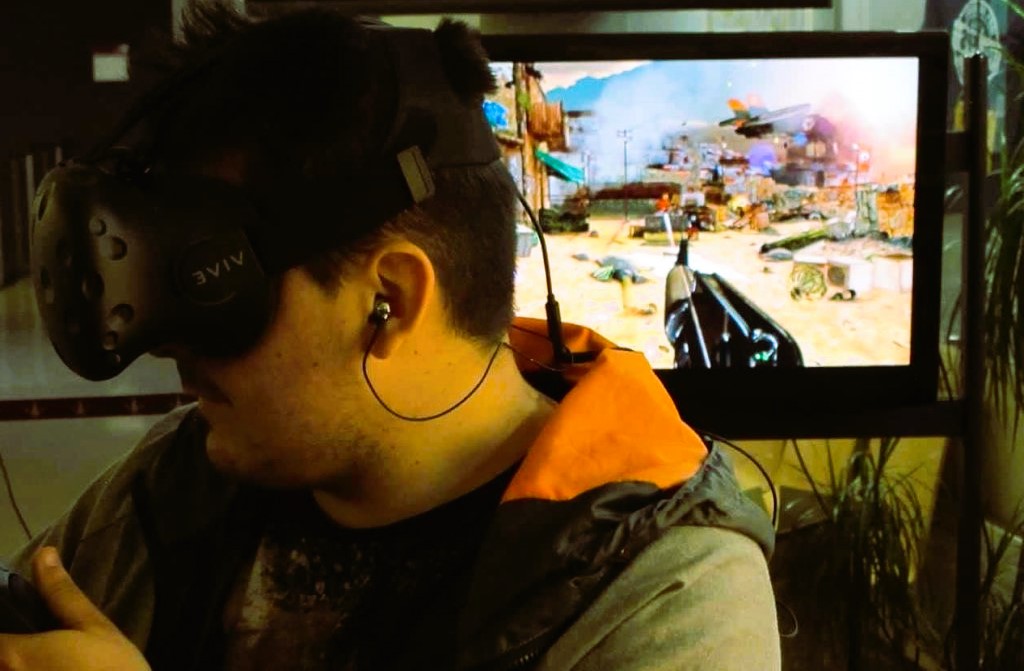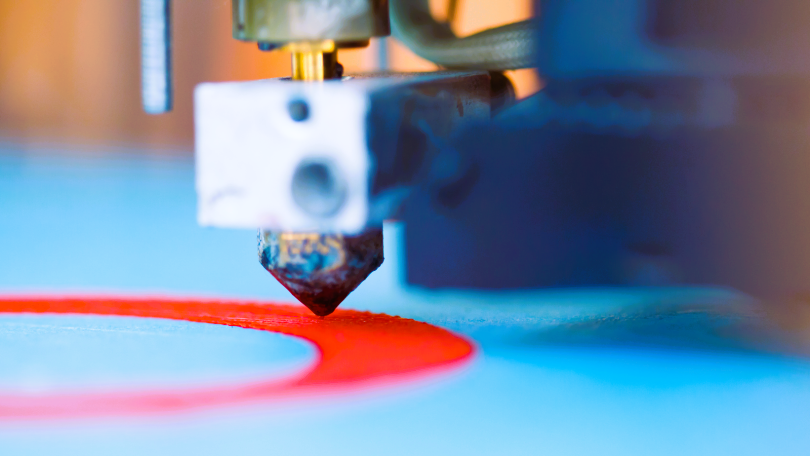The gaming industry has always been a pioneer when it comes to embracing new technologies, and 3D printing is no exception. In recent years, 3D printing has proven to be a game-changer, particularly in the realm of game studios where it is used for testing, prototyping, and even creating real-world versions of in-game assets. This innovative technology has opened up a whole new world of possibilities for game developers, enabling them to improve their products and streamline their production processes. In this article, we’ll explore how game studios use 3D printing for testing their products, enhancing development workflows, and refining game designs.
What is 3D Printing and How Does It Benefit Game Studios?
3D printing, also known as additive manufacturing, is the process of creating a physical object from a digital model. This is done by laying down material layer by layer until the object is fully formed. It can use a wide variety of materials, including plastics, metals, and resins, depending on the application.
In the context of game development, 3D printing allows studios to take their digital designs and bring them into the physical world for a hands-on approach to testing and refinement. Instead of relying solely on digital models or virtual testing environments, game studios can create tangible prototypes that can be examined, interacted with, and modified. This offers a deeper level of insight into how the final product will perform and helps identify potential problems early in the development process.
1. Rapid Prototyping of In-Game Assets
Game developers often spend months designing characters, objects, and environments that populate their games. While the virtual design is crucial, creating physical prototypes through 3D printing can enhance the development process by allowing teams to test and visualize the items in the real world.
Benefits of 3D-printed prototypes:
- Hands-on examination: Test size, weight, and ergonomics of in-game objects.
- Design validation: Evaluate how designs look and function in a three-dimensional space.
- Quick modifications: Easily make changes to designs based on physical testing.
For example, a game studio creating a new character or vehicle for a racing game might first design the digital model on a computer. By 3D printing the model, the studio can examine the object in three dimensions, testing its size, weight, and ergonomics.
2. Physical Testing of Gameplay Mechanics
One of the most significant benefits of 3D printing in game testing is its ability to bring virtual game mechanics into the physical world. Game studios can print scaled-down models of in-game objects, characters, or vehicles to test how these elements perform in a physical environment. This is particularly useful for games that involve complex physical interactions, such as puzzle games, physics-based games, or virtual reality (VR) experiences.
Benefits of physical testing:
- Testing user interaction: Evaluate how players would engage with in-game objects.
- Real-world feedback: Spot issues with balance, weight distribution, and design.
- Improvement of gameplay mechanics: Refine game physics based on hands-on experience.
Let’s consider a game where players control large machinery or vehicles within a virtual world. By printing a 3D model of the vehicle or machinery, developers can conduct real-world tests to see how players might interact with the object.
3. Real-World Testing of Game Accessories and Merchandise
In addition to creating prototypes of in-game elements, 3D printing plays a crucial role in the creation of physical accessories and merchandise for gaming products. Many game studios design physical products like action figures, collector’s editions, and other merchandise. 3D printing allows them to test these products before mass production, ensuring the final items are of high quality. Did you like the article? Read also about The Impact of 3D Printing on Mobile Game and App Development.
Benefits for merchandise development:
- Prototyping collectibles: Test the design, size, and quality of physical game products.
- Enhanced customization: Tailor the physical characteristics to match game design and fan expectations.
- Cost-effective quality checks: Reduce risks of mass production errors by testing prototypes.
For example, a studio creating a limited edition set of action figures based on characters from their game can print several prototypes using 3D printers to assess design, materials, and functionality.
4. Cost-Effective Testing for Indie Developers

While large game studios often have access to extensive resources, 3D printing has also opened up affordable avenues for smaller indie developers to test and prototype their designs. 3D printing offers a cost-effective, in-house solution for rapid testing, enabling indie studios to compete on a more level playing field.
Benefits for indie developers:
- Low-cost prototyping: Produce high-quality prototypes without a hefty investment.
- Flexibility: Experiment with different designs, materials, and mechanics without financial strain.
- Access to technology: Affordable 3D printers are now widely available to indie developers.
Indie developers can use 3D printers to create low-cost prototypes of characters, objects, or environments. They can experiment with different designs without the need for large-scale investments in traditional prototyping methods.
5. Collaboration with the Gaming Community
Another exciting aspect of 3D printing in game development is its ability to engage the gaming community. Many game studios now invite fans to participate in the design and testing of in-game assets by sharing 3D printable models online. This creates a sense of collaboration and involvement among the fanbase, which can lead to valuable feedback and fresh perspectives.
Benefits of community collaboration:
- Fan-driven innovation: Receive feedback from players on physical models.
- Crowdsourced testing: Invite fans to create their own designs and share feedback.
- Increased engagement: Strengthen the relationship with the player community by involving them in development.
For example, a game studio might release a 3D printable model of a new character or item for players to print and test themselves. Fans can provide feedback on the design, functionality, and usability of the object, helping the studio improve the final product.
The use of 3D printing in game development has revolutionized the industry, offering new ways for studios to test, refine, and prototype their products. From rapid prototyping of in-game assets to real-world testing of gameplay mechanics and merchandise, 3D printing has proven to be a versatile and valuable tool for game developers. It not only improves the quality of games but also helps streamline the production process, making it more cost-effective and efficient.
As the technology continues to advance, it’s likely that game studios will find even more innovative ways to use 3D printing, further enhancing the gaming experience and opening up new possibilities for both developers and players alike.
For more information about 3D printing and its applications across industries, check out the Wikipedia page on standardization, where you can explore how the technology is evolving and its impact on various fields, including gaming.

